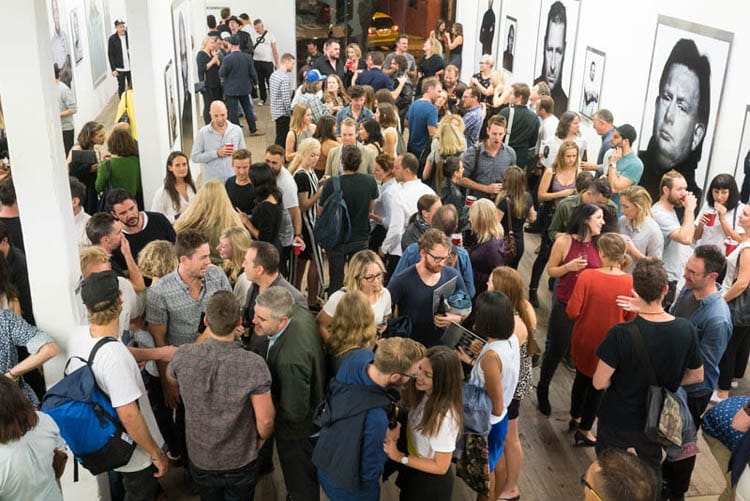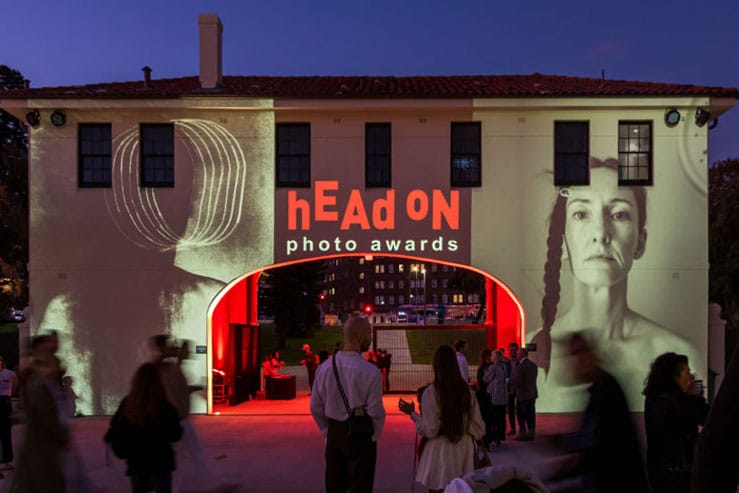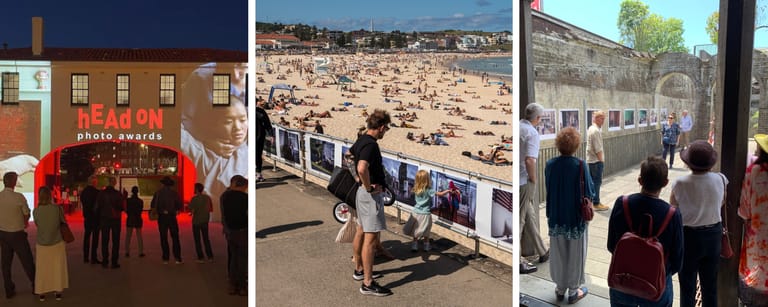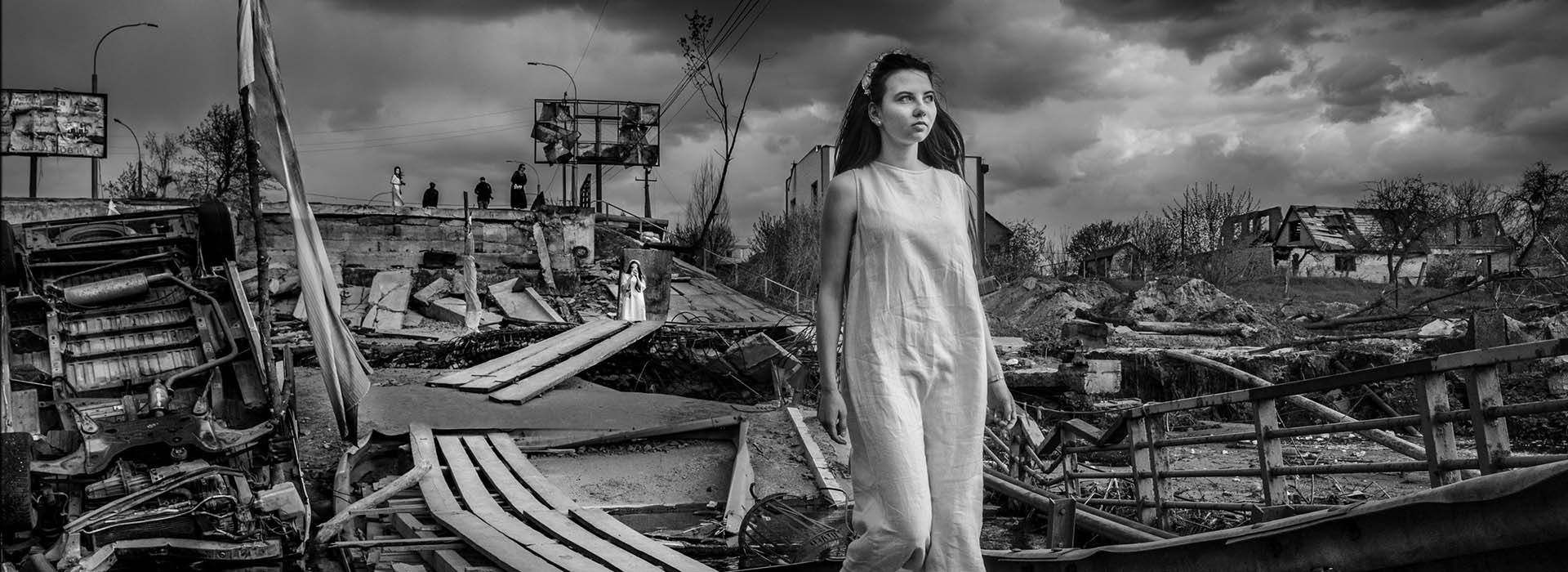Younes Mohammad, a Kurdish photographer based in Iraq, captures the nomadic nature of his people, the Kurds, and the troubling effects diaspora has had upon the rich Kurdish culture.
While having no official state, the Kurds are one of the most established tribes in the Middle East – residing in the region for several thousand years, dating back to the Medes. Kurdish people have been an irreplaceable pole of the Iranian empire. Even famous dynasties of Kurds (Parthians and Sasanians) ruled and led the Iranian empire at different points in history. Though, this has largely been forgotten in contemporary accounts.
The Kurds are now divided across different countries, spread thin across the Middle East – the result of countless wars and conflicts, both modern and ancient.
The first geographical division of the Kurds dates back to the Chaldiran War when the Ottoman Empire defeated the Safavids and the Iranian Empire on August 23, 1514 AD. Subsequently, Kurdish areas in countries later established as Turkey, Syria, and Iraq were forcibly separated from the Iranian Empire and became part of the rapidly expanding Ottoman Empire.
After the First World War, the Ottoman Empire was defeated and divided, and new countries were established. With new countries came new borders and new geopolitics, and the Kurds were divided once again among the nations of Iran, Iraq, Turkey, Syria and Armenia.
This tumultuous history has resulted in a cultural ethnic community that is incredibly diverse and yet unspokenly unified – a persistent solidarity strengthened by endless upheaval.
Kurds speak Kurdish, which has a vibrant history of adaptions, dialects and cross-cultural sub-branches. They have unique music and dance traditions and incredibly diverse religious ceremonies that change from town to town but stay true to an innate and ineffable Kurdish way-of-life.
Religious sub-strains are rife within the community; Muslim, Christian, Jewish and Yazidi Kurds have their own unique showing and discourses of faith – yet there has been surprisingly little religious-fuelled conflict or discrimination. In fact, many villages in Kurdistan have mosques, churches, and Synagogues in the same square.
Unfortunately, due to the Kurds’ illegitimacy, the more ‘significant’ cultures they have melded into over time have appropriated many Kurdish values and customs. And there is no historical evidence available to help prove they originated or were at least influenced by Kurdish culture. So goes the troubling cultural erasure that so often comes with the diaspora.
In Turkey, they deny the existence of Kurds and call them barbaric Turks. In Iran, their erasure is more foundational; they have simply absorbed Kurds as Iranians, denying any cultural distinction, and not allowing them to speak in their mother tongue or study in Kurdish. In Syria, they do not give them birth certificates and national identification cards; they are considered non-citizens.
Over time, the Kurdish nomads have largely disappeared into other ethnic groups, a quiet and consistent culling of culture and history.
Discrimination and the relegation to second-class citizens, compounded by contemporary conflicts in the Middle East, have caused a large wave of Kurds to migrate even further – across oceans. It can now be said that a small or large minority of Kurds live in every country across the globe.
In my series, Chaldoran, I focus closely on the institutionalised and forced changes in the culture and customs of the Kurdish people. I wish to portray the people who have been forcibly displaced or have lost the connection to their native land and cannot even speak their native language. I attempt to capture, through my lens, an invisible loss of a history and a people.
In the beginning of this project, I realised very quickly that using the Kurds as a tool to defend the borders of the Iranian Empire, all those centuries ago, was the first of many excuses rulers employed to weaken the Kurds, driving them away and attacking their claim to the land. At that time, the Kurds had no choice but to accept; they travelled to these borders, now known as Kurdistan, hoping to return. Of course, now, after being at the border for five centuries, dreams of a ‘motherland’ are all but forgotten; there is no land to return to. In this way, I realised that the Kurdish people are not displaced but wholly without place.
The Kurds in Chaldoran make a living through animal husbandry, and their day-to-day lives revolve mainly around the needs and habits of their livestock, especially their sheep and goats.
The only thing they spoke was Kurdish, which was exciting – proof! I thought. Proof that they were Kurds. Proof of undeniable Kurdishness. But other than their dialect, nothing else seemed to spark a sense of cultural claim in the people I was with. Even their clothes were a combination of Iranian and Turkish local clothes, often second-hand.
However, I don’t mean to dwell on loss, my people are not ghosts. They are proud of being Kurds without knowing exactly who or what that is – and there is undeniable beauty and strength to their cultural resilience.
They don’t have a fixed place – they go from one pasture to another, one house to another with their livestock, and every day they struggle with a new problem and cannot plan a stable life for themselves. Nowadays, they are called Kermanj nomads, which in the region means that they are gypsies and homeless, and very simply, it means that they are not a modern sovereign people.
In my opinion, this issue deserves urgent investigation and intervention, so I made it my project, a project that will be as vast and ongoing as the Kurdish people themselves. I dedicate this artwork collection to this matter, which will be an attempt to introduce and demonstrate the suffering, sorrows, strength and resilience of these Kurdish families and the effects of this exodus on their culture, language and traditions.
ABOUT THE AUTHOR
Younes Mohammad was born in 1968 in Dohuk, Iraq. He’s a Kurdish freelance photographer commonly working on international newspaper and magazine assignments. He was a refugee in Iran from 1974 to 1998 and graduated with an MBA from University of Tehran during this time. Photography was his passion, but he had no chance to follow it while the war continued during Saddam’s time.
In 2011 he quit his job and started his journey as a photographer. His work has been exhibited internationally, published in international publications, and received numerous awards. He is now based in Erbil, Iraq.











